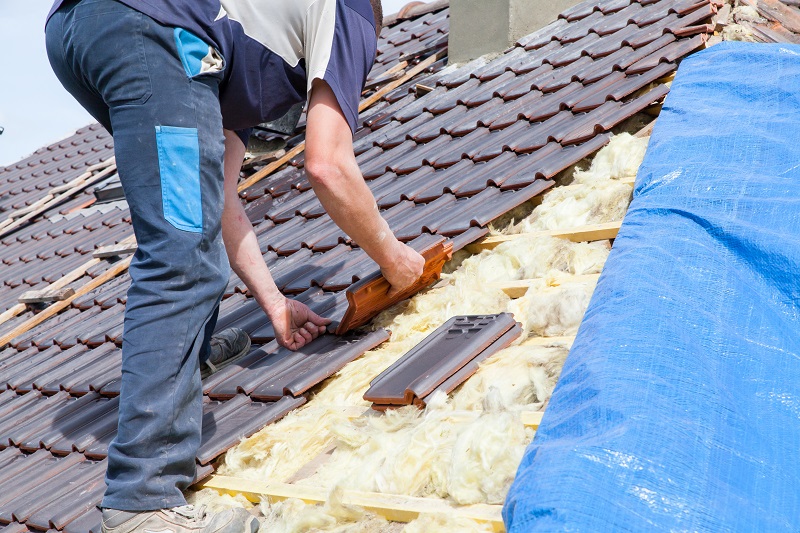Why is roofing necessary in architecture?
Roofing is a important part of architecture for several necessary reasons: Protection from the Elements: One of the first capabilities of a roof is to offer shelter and safety from environmental elements corresponding to rain, snow, wind, and excessive temperatures. Roof Restoration prevents water from coming into the building, which may trigger structural injury, mold progress, and other issues. Structural Integrity: Roofs play a crucial position in sustaining the structural integrity of a constructing. They distribute the weight of the roof and any loads (e.g., snow) evenly to the walls and foundation. A well-designed and properly constructed roof ensures the stability and safety of the whole construction. Aesthetics and Design: Roofs are a visible and outstanding part of a constructing's exterior. Architects use roof design to reinforce the overall aesthetics of a construction. The form, material, and style of the roof can contribute to the architectural character and enchantment of a constructing. Environmental Considerations: Sustainable structure locations an emphasis on vitality effectivity and environmental duty. Roofing supplies and design can influence a constructing's energy performance. For example, cool roofs can reflect more daylight and absorb much less heat, decreasing cooling costs and concrete warmth island results. Natural Lighting and Ventilation: Roof design can incorporate features like skylights, dormers, and roof vents to offer pure lighting and ventilation within a constructing. This can enhance indoor comfort and cut back the need for synthetic lighting and mechanical air flow. Historical and Cultural Significance: In some architectural types, corresponding to Gothic or Victorian, the roof is often a key element that displays the historic and cultural context of a building. Roof details and shapes can tell a narrative about the era in which a structure was built. Space Utilization: Roof design can create further usable house inside a building, similar to attic rooms, rooftop gardens, or out of doors dwelling areas. Architects often consider how to maximize area and performance when designing roofs.  Energy Efficiency: Energy-efficient roofing supplies and design can contribute to a constructing's general energy performance. Proper insulation and air flow may help regulate indoor temperatures and reduce heating and cooling prices. Safety and Fire Resistance: Roofing materials are chosen with safety in mind. Some materials, like fire-resistant roofing, might help stop the unfold of fires in a constructing, offering valuable time for occupants to evacuate. In abstract, roofing is a fundamental side of structure that combines practical and aesthetic considerations. It not solely protects the interior of a building from the elements but also contributes to the overall design, sustainability, and safety of a structure. Architects rigorously think about roofing supplies, shapes, and features to attain their design objectives whereas making certain the consolation and well-being of building occupants..
Energy Efficiency: Energy-efficient roofing supplies and design can contribute to a constructing's general energy performance. Proper insulation and air flow may help regulate indoor temperatures and reduce heating and cooling prices. Safety and Fire Resistance: Roofing materials are chosen with safety in mind. Some materials, like fire-resistant roofing, might help stop the unfold of fires in a constructing, offering valuable time for occupants to evacuate. In abstract, roofing is a fundamental side of structure that combines practical and aesthetic considerations. It not solely protects the interior of a building from the elements but also contributes to the overall design, sustainability, and safety of a structure. Architects rigorously think about roofing supplies, shapes, and features to attain their design objectives whereas making certain the consolation and well-being of building occupants..